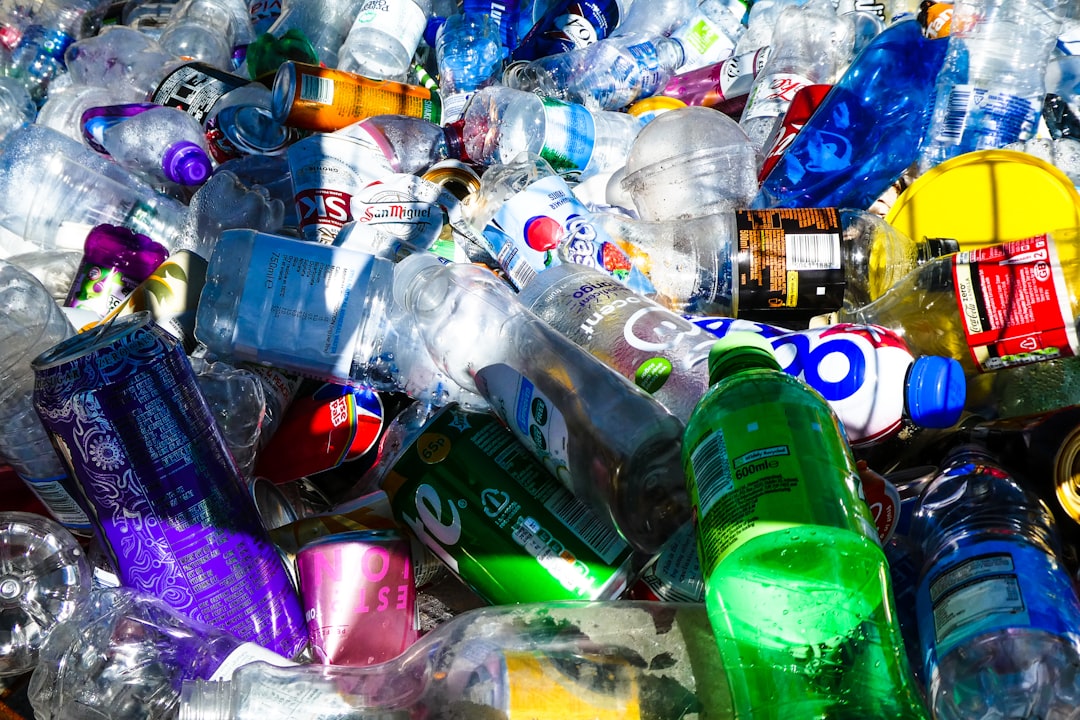What is it about?
Reactor Engineering for stabilization: We further evaluate the applicability of multifunctional reactors such as reactive distillation and reactive chromatography for stabilization of biomass derived liquid fuel with an objective to pushing the reaction to completion (reduce the pH value) and reducing catalyst deactivation in a continuous mode. The esterification reaction performed for stabilization is reversible in nature and hence simultaneous separation of product(s) makes the process more efficient. Reactive distillation and Reactive Chromatography have been well studied for pure chemicals but not in the context of pyrolysis oil stabilization. We have identified and developed a continuous mode of stabilization process to produce usable pyrolysis oil. Catalyst is prone to deactivate during the course of the reaction and suitable conditions have been identified such that the catalyst deactivation is minimal. Reactive distillation is performed at higher a temperature which is dictated by the bubble point of the mixture, reactive chromatography allows one to perform reaction at relatively low temperatures and with lower alcohols. It results in an improvement in the characteristic properties of pyrolysis oil, thereby increasing the shelf life. Deactivation of Amberlyst-15 with ethanol after 20 h of continuous run in a fixed-bed chromatographic-reactor was found to be less compared to RD making RC a promising process for this particular application. During this work, I was senior research fellow in group. I have guided two Master student groups from Chemical and Energy science department. Under supervision of Prof Sanjay Mahajani I have learnt many industrial application process using continuous reactive distillations columns. I have undertaken small project from state government in identifying the chemical in crude oil exporting from other states with help of Prof Mahajani. In our research group I used to arrange group meeting with our supervisor regarding the update of research and current issues of research and development. Most of characterization of materials validation was part of my research for others in our research group (BET, TGA, SEM, CHNS analysis, GC analysis etc) and many more.
Featured Image
Read the Original
This page is a summary of: Stabilization of pyrolysis oil: Comparison of reactive distillation and reactive chromatography, Chemical Engineering and Processing - Process Intensification, September 2015, Elsevier,
DOI: 10.1016/j.cep.2015.07.016.
You can read the full text:
Contributors
The following have contributed to this page










